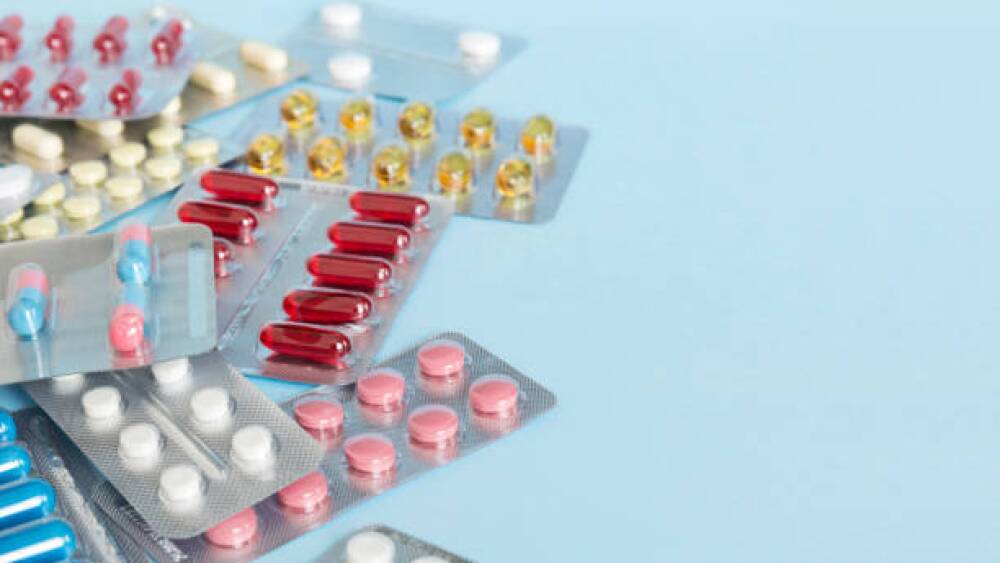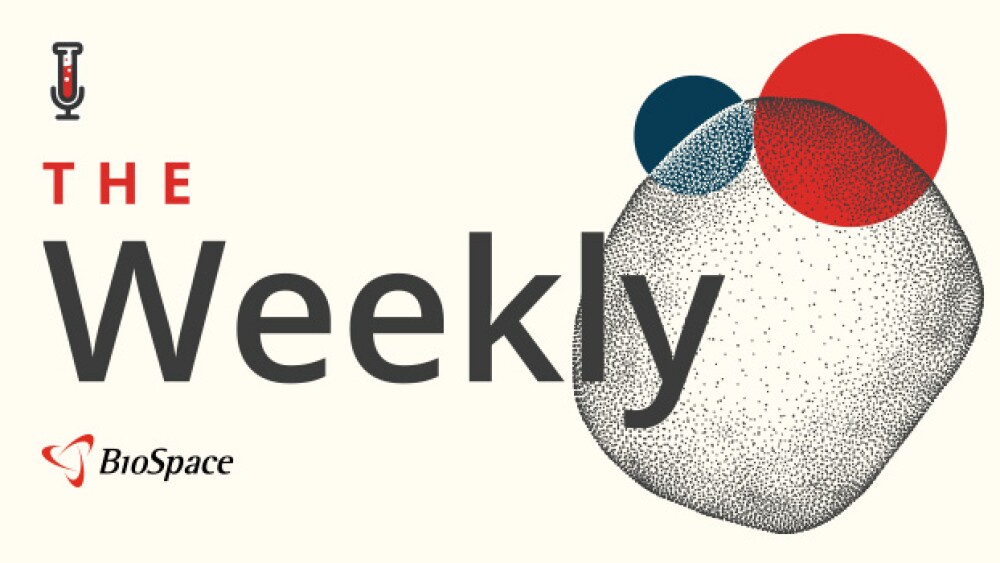In 2025, landmark obesity drug deals, China’s biotech surge, and AI’s deeper integration into pharma operations drove a year of transformation and renewed momentum for life sciences.
From high-stakes clinical breakthroughs to billion-dollar transactions to controversial policy shifts, the pharma and biotech world in 2025 proved dynamic. As science and strategy collided, key developments sparked industry-wide conversation and debate. Here’s a look at the five that had everyone talking.
The Year Everyone Chased the Weight-Loss Boom
The most recent announcement of Pfizer’s successful $10 billion acquisition of obesity drug developer Metsera rounds out a year filled with obesity drug development news. In August, Eli Lilly, which helped catapult the GLP-1 class into mainstream use, inked a $1.3 million deal with Boston-based startup Superliminal to leverage its AI/ML capabilities to generate new small molecule obesity medications. In March, Roche struck a $5.3 billion deal with Zealand Pharma to co-develop and commercialize the weight-loss candidate petrelintide. The field doesn’t seem to show any signs of slowing: there are 23 new anti-obesity treatments expected to receive approval across major markets by 2031.
In addition, there is growing interest in new modalities beyond GLP-1s, considering their side-effect profiles and high price points, noted Jon Rees, CEO of UK-based MitoRx Therapeutics, that is developing two compounds for obesity-related and cardiometabolic indications.
A Comeback Year for Biopharma M&A?
After a cautious 2024, dealmaking made significant inroads in 2025. Pharma giants poured billions into biotech partnerships and takeovers, from obesity, as noted above, to neurology, oncology, and rare diseases. In January, Johnson & Johnson kicked off the trend with its announcement of buying neurology leader Intra-Cellular Therapies for a total equity value of $14.6 billion. In June, Sanofi snapped up Blueprint Medicines in a $9.5 billion deal for an approved rare disease drug and an early stage immunology pipeline. And just last month, Novartis inked the year’s second largest deal, picking up neuromuscular drug developer Avidity Biosciences for around $12 billion.
“M&A has increased this year with a with a friendlier Federal Trade Commission,” said Rod T. Wong, managing partner at RTW Investments. “Deal activity initially focused on commercial companies because of tariff uncertainties but in the fall extended to development stage companies.” The NASDAQ Biotech Index closed 21 points ahead for Q3 2025 and up 11% year-to-date, surging above levels seen in 2021.
China’s Emergence as Major Innovation Hub
Formerly best known in the pharma supply chain as a hub of active pharmaceutical ingredient development (of which it still maintains), China made headlines in 2025 as a burgeoning center for drug development. Major pharma companies engaged in numerous deals: Roche signed a deal in October for worldwide rights outside of the Greater China region to Hansoh Pharmaceutical’s HS-20110, an antibody-drug conjugate in early stage development for colorectal cancer. In July, NextCure announced a $745 million partnership with Simcere Pharmaceutical Group on development of a novel antibody-drug conjugate for treating solid tumors. In June, AstraZeneca put down $110 million upfront to partner with China’s CSPC Pharmaceutical, in a move to leverage AI to develop novel oral therapies for a wide variety of chronic diseases.
The interest frenzy is not surprising when, as BioSpace previously reported, large pharma in-licensed 28% of innovative drugs from Chinese biopharma companies in 2024, hitting a record high. Regulatory reforms have driven Chinese’s biopharma dynamic environment, spurring rapid and lower cost clinical trial initiations than in the US or Europe.
New Modalities, Real Commercial Momentum
Cell and gene therapy (CGT) meant to hit its stride in 2025. Analysts had high hopes after the FDA granted full approval for Sarepta Therapeutics’ Elevidys in Duchenne muscular dystrophy (DMD) in mid-2024, expanding its label to all DMD patients 4 and older. Markets hailed the approval as a validation of the adeno-associated virus platform and of the regulatory path for large-scale commercial gene therapies. But by mid-year, a sequence of tragic events forced a complete reassessment of the technology’s safety and scalability narrative.
Yet, even as Sarepta faltered, 2025 still brought major advances in modalities and manufacturing: In March, AstraZeneca closed a near $1 billion acquisition of Belgium-based eSoBiotec to enhance next-generation cell therapy manufacturing. That same month, Japanese firm Taiho Pharmaceutical spent nearly $1.1 billion to acquire its research partner, the Swiss oncology company Araris Biotech, along with its suite of antibody-drug conjugates. Also, as mentioned earlier, Novartis’ $12 billion deal for Avidity Biosciences indicated confidence in RNA-based precision delivery.
CGT manufacturing has also seen an upswing, with increased investment in new platforms this year, agreed Jason Jones, Global Business Development Lead at Cellular Origins and Alexander Seyf, CEO of Autologous. The field is in its “adolescent stage,” Jones said, with growing pains but also incredible opportunities for growth. The opportunities for standardization, digitization and automation are progressing, Jones and Seyf explained.
Convergence of AI and Biotech/Pharma Operations
AI is becoming integral to not only the drug discovery process but accelerating innovation across development and manufacturing as well. In October, Eli Lilly and Johnson & Johnson joined fellow Big Pharma peers in upping their investment in AI, with Lilly looking to create the industry’s ‘most powerful supercomputer’ and J&J building a virtual operating room. Both players forged relationships with the tech giant Nvidia. Earlier that month, Takeda Pharmaceuticals announced the signing of a multi-year AI partnership with existing partner Nabla Bio. In the manufacturing realm, BioSpace reported in September how companies are moving from using AI for distinct operations to applying the technology for control and optimization of the whole production process.
As 2025 draws to a close, the pharma and biotech industries stand on the edge of a new era defined by speed, convergence, and reinvention. Whether through transformative science, bold dealmaking, or AI’s expanding role, companies are rewriting the playbook for how medicines are discovered, developed, and delivered.






